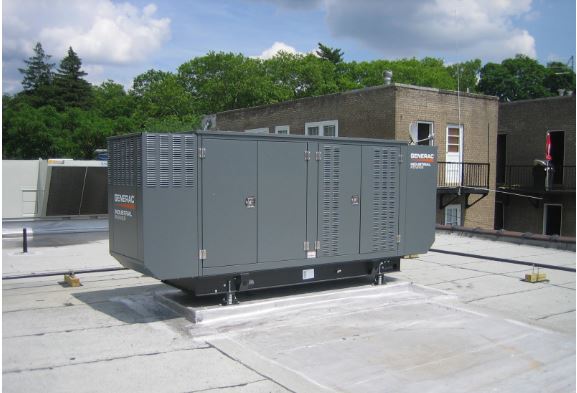 There are quite a few important items to have around your home. It doesn’t matter whether it is a rental or your own property; there are some essentials that you have to pack along. The most important item of these is a generator. If you don’t already have one, then you need to get it as soon as possible, because it is not really a luxury.
There are quite a few important items to have around your home. It doesn’t matter whether it is a rental or your own property; there are some essentials that you have to pack along. The most important item of these is a generator. If you don’t already have one, then you need to get it as soon as possible, because it is not really a luxury.
A generator can be a lifesaver if you ever have a blackout, as you will be able to keep your food intact, operate any medical equipment, and do anything around your home that needs power. The tricky part of dealing with a generator, though, is installing it. Here’s how you can do that.
Determine the Location
Before you can even get a generator, you need to figure out where exactly you will be putting it, because that makes a huge difference in terms of its efficiency and, more importantly, safety. The size and type of generator will be the deciding factor in where you will set it, but we will get to those in a minute.
For now, if it is a residential property you need a generator for, then you need to figure out where exactly you will be keeping it –– you can’t exactly put it in your living room. Do you need to make room for it or do you have a place in your backyard, for instance? Ask questions like these, so you could make the right choice in terms of location.
What Kind Do You Need?
So, what kind of generator should you get for your place? There are plenty of types available, and it can get overwhelming to browse through a wide range of options. Generally speaking, the more portable it is, the better –– unless you need it to power an industrial location or a place that needs more power than a residential home. The hardware reviewers at https://generatorgrid.com/reviews/pulsar-pg10000b16/ stress that you cannot go wrong with a dual fuel generator.
It is pretty portable, and you can easily move it around, which is important for flexibility and convenience. You can use either gas or liquid propane gas to generate power, depending on your needs. Being able to switch between fuel types offers great flexibility, especially if you plan on installing the generator at different places that might need varying operational capacities.
How to Install the Generator
You need to be extremely careful about how you install the generator, and there are a lot of safety considerations to keep in mind. The first thing you have to do is ensure that plugging the generator into your power outlets won’t affect the power lines because this can pose some major risks to the entire area.
When you plug it in and operate it, use the standard lockout option, which ensures that the generator won’t do anything unexpected –– it is usually in the manufacturer’s instructions in detail. Always ensure that the generator is properly situated on the ground, with no room for it to move or tilt. Always keep it in a dry location to avoid having moisture damage its circuits or cause any accidents.
Safety Precautions
You shouldn’t put a generator indoors, and if you check, it is most likely against city regulations, which means that you might get into trouble if you do so. Legal complications aside, putting the generator indoors can cause worse problems and be hazardous to everyone inside the property. The optimum location for one is outdoors with plenty of space around to avoid having exhaust affecting residents.
You should always consult with landlords or property owners before installing a generator because they might have some safety concerns or recommendations. Never add fuel while the generator is running, and always use the fuel that is recommended by the manufacturer if you want to prolong the lifespan of the machine.
Storing
You would be doing yourself a favor if you get a cover for your generator. The last thing you want is to put it away for a few months, only to come back and find it has been damaged because of the rain or other weather conditions. As for fuel storage, it has to be kept in dedicated containers approved or recommended by the manufacturer. You shouldn’t keep it indoors, and it has to be in a safe location that wouldn’t be a fire hazard.
You have to be very careful how you install a generator, and it is recommended that you enlist the help of a qualified technician or contractor to ensure nothing goes wrong. Follow all the manufacturer’s instructions, down to the tiniest details. They are there for a reason, and they ensure your safety and keep the generator in excellent condition.
_________________________________________________________________
Interesting related article: “The best generator for your business.”

